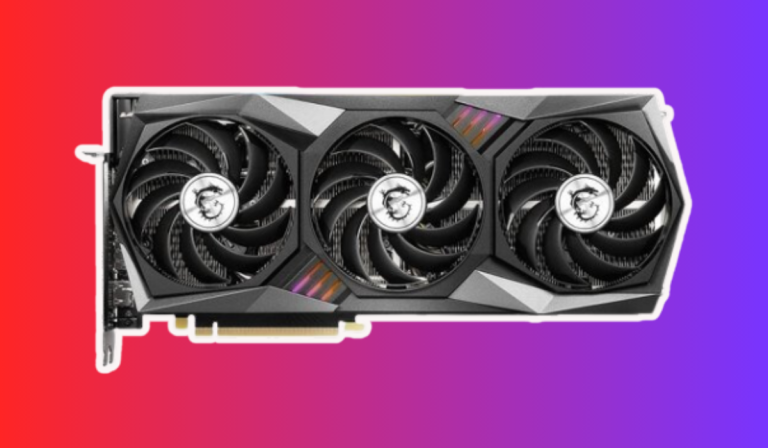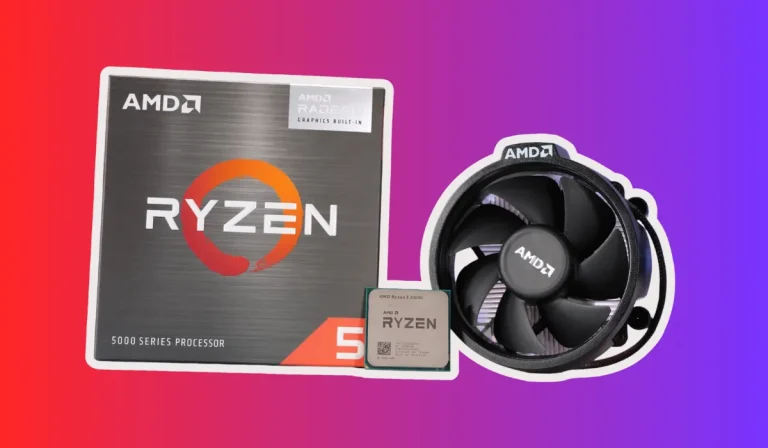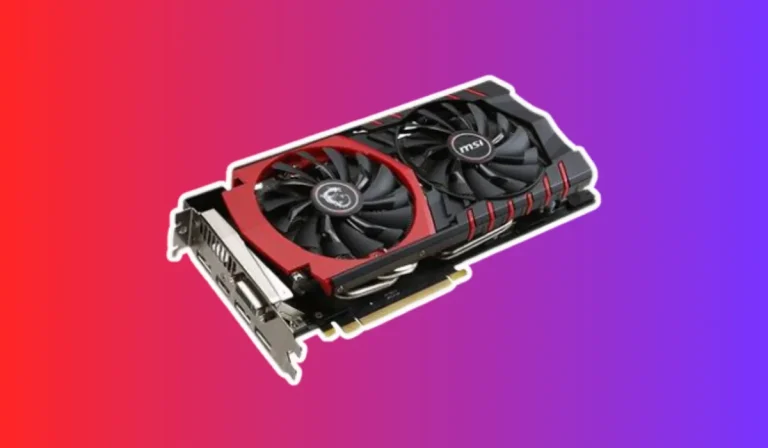How Do I Control the Nvidia GPU Fan Speed?
Are you tired of your Nvidia GPU overheating and making a racket? Fear not! Take charge of your GPU fan speed effortlessly. In this guide, we’ll show you how to keep your GPU cool and quiet like a ninja, with simple steps even a tech newbie can master. Let’s dive in!
Manual Fan Speed Control
When it comes to controlling the fan speed of your Nvidia GPU, having the ability to manually adjust it can be a game-changer. Manual fan speed control allows you to take matters into your own hands and fine-tune the cooling performance of your graphics card.
Here, we will explore the step-by-step process of manually controlling the fan speed and recommend some reliable software options to help you achieve the desired results.
Adjusting Fan Speed Using Software
1. Start by installing a reliable software utility that allows manual fan speed control. One popular option is MSI Afterburner, which is user-friendly and compatible with a wide range of Nvidia GPUs.
2. Open the software and locate the fan speed control settings. In MSI Afterburner, you can find it under the “Fan” tab.
3. Adjust the fan speed slider to increase or decrease the fan speed. Moving the slider to the right will increase the speed while moving it to the left will decrease it.
4. Take note of the changes in fan speed and monitor the GPU temperature simultaneously. The goal is to find a balance where the GPU remains cool without creating excessive noise.
5. Test different fan speed settings while running graphically demanding applications or games. Monitor the temperature closely to ensure it stays within the safe operating range.
Expert Tip
It’s important to remember that increasing the fan speed will result in more noise. Therefore, finding the ideal balance between temperature and noise is crucial.
Experiment with different fan speed settings until you achieve the desired cooling performance without compromising on noise levels.
Automatic Fan Speed Control
Imagine having your Nvidia GPU automatically adjust its fan speed based on the workload and temperature. With automatic fan speed control, you can sit back and let your graphics card take care of its cooling needs.
Here, we will explore the benefits of automatic fan speed control, how to enable it, and how to customize it to suit your preferences.
Benefits of Automatic Fan Speed Control
Automatic fan speed control offers several advantages that make it a convenient option for managing your Nvidia GPU’s cooling:
1. Optimal Cooling: The GPU intelligently adjusts the fan speed in real time, ensuring that the temperature stays within safe limits without the need for constant manual adjustments.
2. Noise Reduction: By automatically adjusting the fan speed, the GPU can keep noise levels in check, minimizing distractions during intense gaming or other GPU-intensive tasks.
3. Performance Enhancement: With efficient cooling, the GPU can maintain optimal performance levels, avoiding thermal throttling that may occur due to excessive heat.
Enabling and Customizing Automatic Fan Speed Control
1. Check if your Nvidia GPU supports automatic fan speed control. Most modern Nvidia GPUs come with this feature.
2. Install the latest graphics driver for your GPU from the Nvidia website.
3. Open the Nvidia Control Panel by right-clicking on your desktop and selecting “Nvidia Control Panel.”
4. Navigate to the “Manage 3D Settings” section and click on the “Program Settings” tab.
5. Select the program or game for which you want to enable automatic fan speed control.
6. Scroll down to the “Power Management Mode” setting and choose “Adaptive” or “Optimal Power.”
7. Save the changes and exit the Nvidia Control Panel.
Expert Tip
While automatic fan speed control is convenient, it’s essential to monitor your GPU’s temperature periodically to ensure it stays within safe operating limits. Use software utilities like MSI Afterburner to keep an eye on the temperature and make adjustments if needed.
Advanced Fan Control Techniques
Are you ready to take your Nvidia GPU fan control to the next level? Advanced fan control techniques allow you to fine-tune and customize the cooling performance of your graphics card to suit your specific needs.
Here, we will explore some advanced techniques that go beyond the basic manual or automatic fan speed control, empowering you to maximize cooling efficiency and optimize performance.
Creating Custom Fan Curves
One of the most powerful features of advanced fan control is the ability to create custom fan curves. Instead of relying on predefined fan speed profiles, you can manually set specific fan speeds at different temperature points.
This allows you to tailor the cooling performance precisely to your requirements. Software utilities like MSI Afterburner or EVGA Precision X1 offer intuitive interfaces to create and apply custom fan curves.
Using Temperature Hysteresis: Temperature hysteresis is another advanced technique that helps prevent frequent fan speed fluctuations. It introduces a delay between fan speed adjustments based on temperature changes.
For example, instead of immediately increasing the fan speed when the temperature rises slightly, you can set a temperature threshold that must be exceeded before the fan speed adjusts. This prevents unnecessary fan speed changes and reduces noise.
Utilizing Fan-Stop Technology: Some modern Nvidia GPUs come equipped with fan-stop technology. This feature allows the GPU fans to completely stop spinning when the GPU is under low load or idle, resulting in complete silence.
When the GPU temperature rises above a certain threshold, the fans automatically start spinning again. This not only reduces noise but also prolongs the lifespan of the fans.
Expert Tip
Experiment with different custom fan curves and temperature hysteresis settings to find the optimal balance between cooling performance and noise levels. Monitor the GPU temperature closely during intensive tasks to ensure it stays within safe limits.
FAQ’s
1. How can I control the fan speed of my Nvidia GPU?
To control the fan speed of your Nvidia GPU, you can use software utilities like MSI Afterburner or EVGA Precision X1. These programs allow you to manually adjust the fan speed according to your preferences.
2. Can I create custom fan curves for my Nvidia GPU?
Yes, you can create custom fan curves using software utilities like MSI Afterburner. This feature allows you to set specific fan speeds at different temperature points, giving you more control over the cooling performance.
3. Does Nvidia provide automatic fan speed control for their GPUs?
Yes, most Nvidia GPUs come with built-in automatic fan speed control. You can enable this feature through the Nvidia Control Panel or the GPU manufacturer’s software. The GPU will adjust the fan speed based on workload and temperature, ensuring optimal cooling without manual intervention.
4. What is temperature hysteresis and how does it impact fan speed control?
Temperature hysteresis is a technique that introduces a delay between fan speed adjustments based on temperature changes. By setting a temperature threshold, the fan speed won’t immediately increase with slight temperature rises, reducing noise and creating a more stable cooling experience.
5. Can I control the fan speed of my Nvidia GPU on a laptop?
While some laptops may offer limited fan speed control through manufacturer-provided software, most laptops have predetermined fan curves that automatically adjust based on temperature. To ensure optimal cooling on a laptop, it’s recommended to keep the cooling system clean, maintain proper airflow, and use cooling pads or stands if needed.
Conclusion
Taking control of your Nvidia GPU fan speed allows you to optimize cooling performance and strike the perfect balance between temperature and noise.
Whether you choose manual control, custom fan curves, or utilize automatic features like temperature hysteresis and fan stop technology, you’ll have the power to keep your GPU running smoothly.



